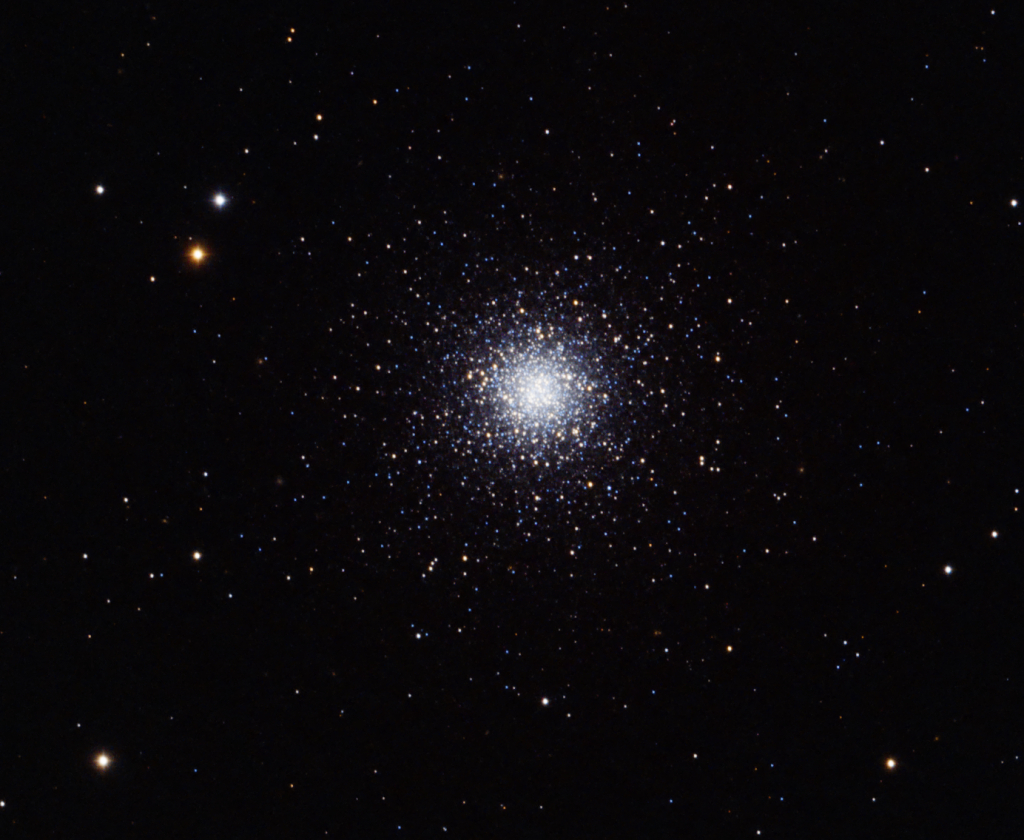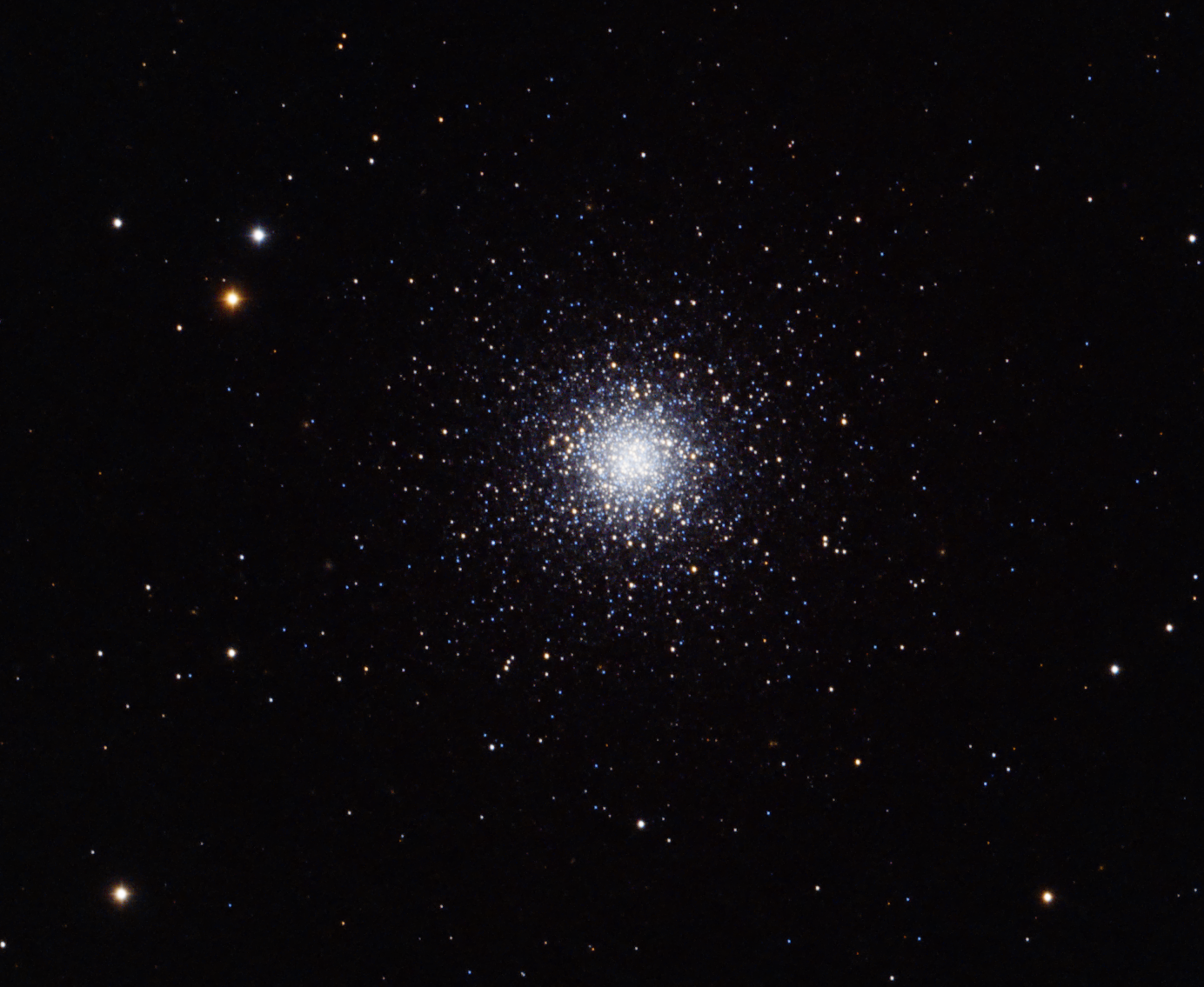
Similar Posts
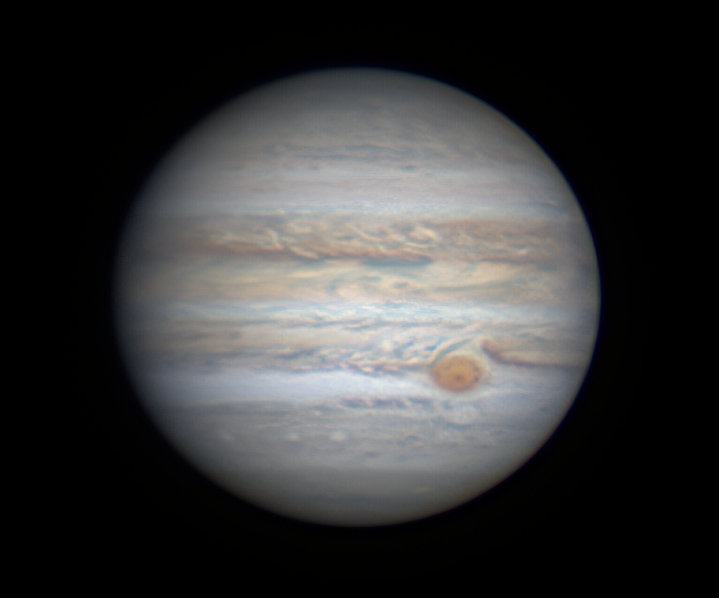
Another Look at Jupiter and Saturn.
Jupiter and Saturn both reached “opposition” over the summer, meaning they had their closest approach to Earth for the year. Florida’s summer weather conspired against photographing the planets at that time, but the skies finally cleared last night. They’re not at their closest, but… they’re close enough. I think this is my best Jupiter image…
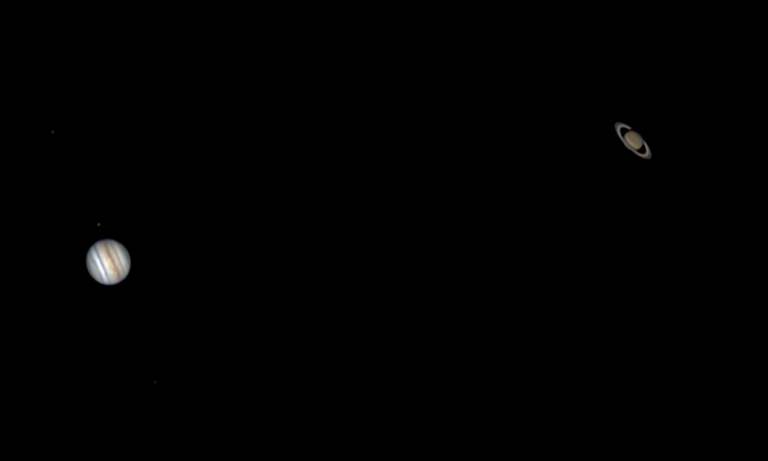
The “Christmas Star?” Not really.
On December 21, 2020, something really special happened in the sky: Jupiter and Saturn had an approach so close that it only happens every 800 years or so. They were so close in the sky that to the unaided eye, they looked like a single, bright star. This led many to proclaim it to be…
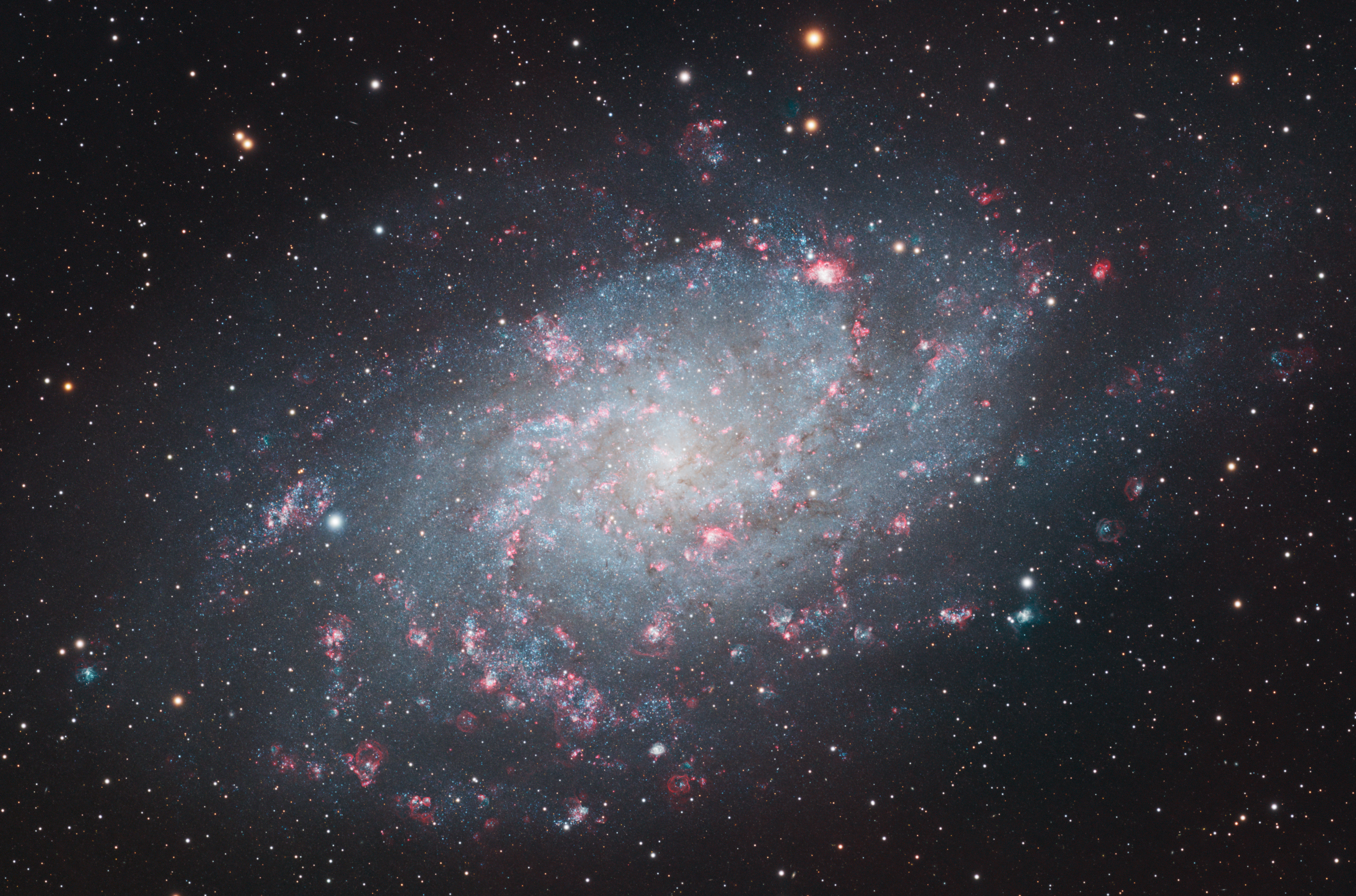
The Triangulum Galaxy, Three ways
My first image from Starfront Observatories in Central Texas! They’ve been fantastic to work with so far, and I’m really stoked to be able to image remotely from anywhere, under clear, dark skies. While collecting data on M33, the “Triangulum Galaxy”, I was still fine-tuning everything and figuring things out – so there are things…
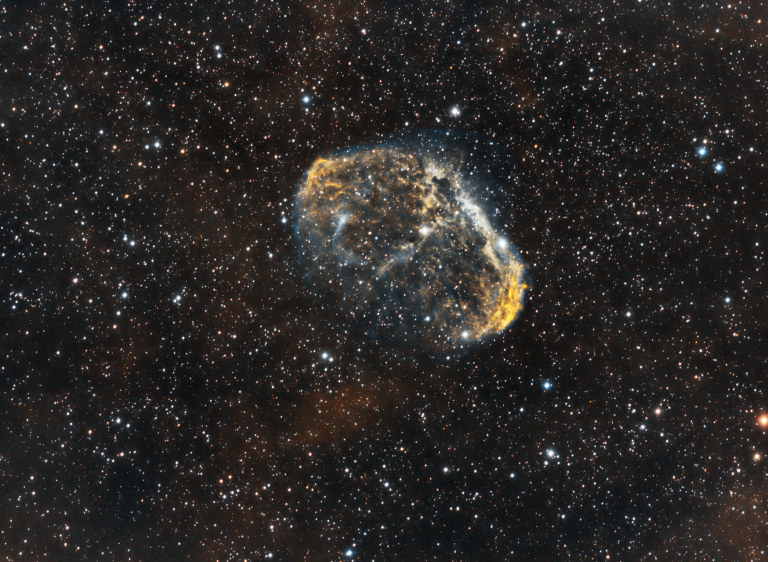
The Crescent Nebula
Like the Bubble Nebula, and Thor’s Helmet, this is formed by the fast stellar wind of the extremely hot star at its heart – which interacts in complex ways from the wind left over from when this star was a red giant. This is roughly 5,000 light-years away. These images were taken over the span…
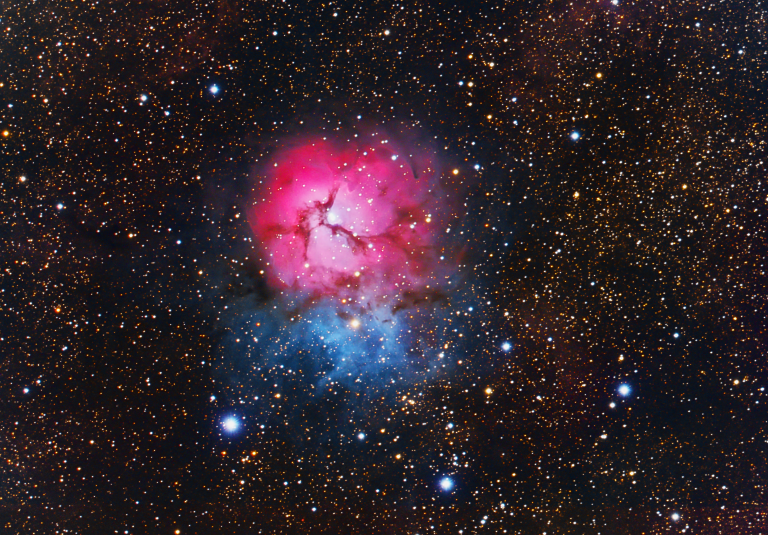
The Trifid Nebula (M20)
Our new observatory is starting to prove its worth… the Trifid Nebula is an object I’ve always wanted to capture, but in our previous location it was too low in the sky and was always obstructed by trees. Further complicating matters, it is a summertime object, and here in Florida summertime is the worst time…
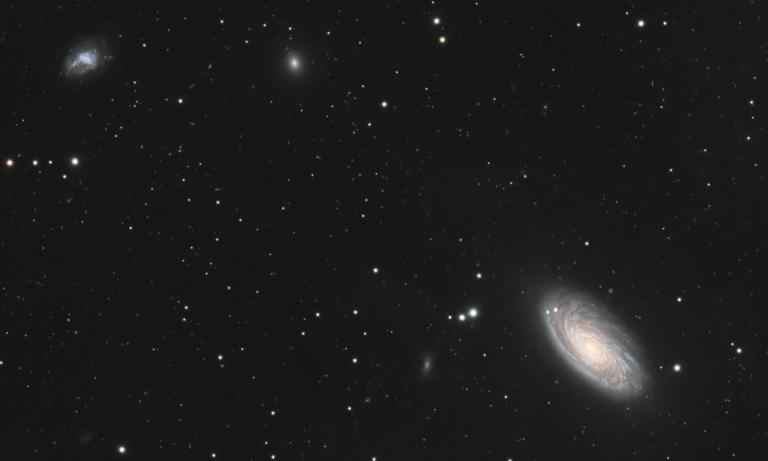
The galaxy M88 and friends
Messier 88, within the constellation Coma Berenices, is part of the nearby Virgo cluster of galaxies. And by “nearby”, I mean 50-60 million light years away! The light we’re seeing from this galaxy originated from the time of the dinosaurs. Telescopes are really time machines. There are many other galaxies surrounding M88, both smaller and…

